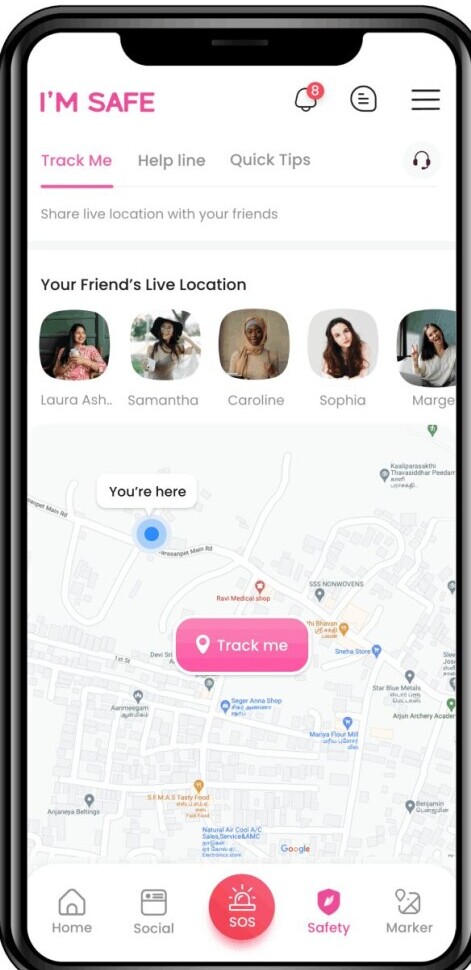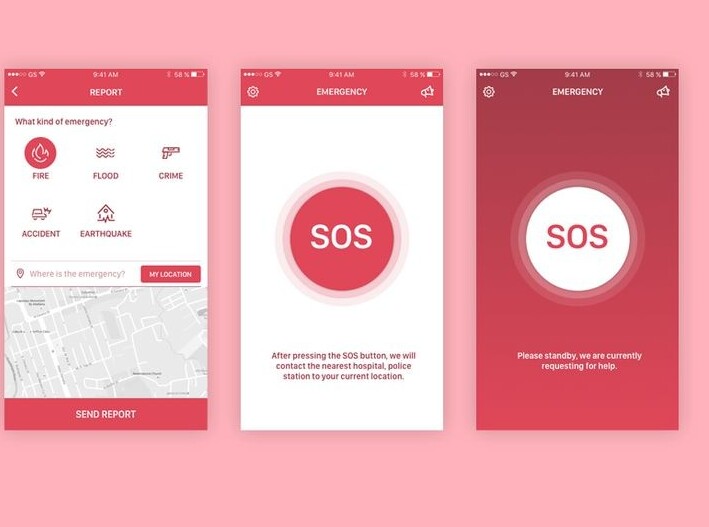Safety Apps: Developing Mobile Apps That Provide Real-time Safety Alerts, Emergency Contacts, And Location Tracking For Women.

These days, personal safety isn’t something anyone should take lightly, especially for women who often feel vulnerable. Safety apps are increasingly becoming a game-changer in this scenario.
Understanding the growing need for safety apps is crucial. Women face unique safety challenges daily, from walking alone at night to traveling in unfamiliar areas. These apps serve as a digital guardian, providing peace of mind and enhancing personal security.
Key features of effective safety apps are what make them invaluable. For starters, real-time safety alerts can notify users of any nearby threats or emergencies. A solid app should also offer quick access to emergency contacts and seamless location tracking to keep loved ones informed about a user’s whereabouts.
Real-world scenarios where safety apps have made a difference are worth noting. Stories abound of women who’ve avoided danger thanks to timely alerts or assistance features within these apps. This real-world impact underscores their importance.
Expert opinions highlight how crucial personal safety apps are. Authorities and safety experts stress the significance of having these digital tools, which have been designed with features that address specific vulnerabilities women face. Opinions from law enforcement and personal safety advocates often point out the gaps these apps fill in traditional safety measures.
Statistics on safety issues faced by women globally shed light on the scale of the problem. Alarming rates of harassment, assault, and domestic violence worldwide make it clear why safety apps aren’t just a luxury—they’re a necessity. These stats offer a stark reminder of why constant vigilance and additional security measures are non-negotiable.
Developing Efficient and User-friendly Safety Apps

Creating a solid safety app means incorporating essential features like real-time alerts, emergency contacts, and location tracking. These elements aren’t just fancy add-ons; they form the backbone of any effective personal safety tool. Real-time alerts should be clear and immediate, emergency contact buttons need to be easily accessible, and location tracking must be precise and reliable.
User experience is key, so focusing on design principles for intuitive user interfaces is critical. An app should be easy to navigate, with a clean and straightforward layout. A clutter-free interface ensures that users can quickly access safety features without fumbling through confusing menus. Visual cues and simple commands make the experience more seamless and stress-free.
Data security and user privacy are non-negotiable in safety apps. Considering best practices like end-to-end encryption and secure authentication methods safeguard users’ personal information. Building trust means guaranteeing that users’ data isn’t shared or compromised. Regular updates and robust security protocols must be a priority.
Looking at successful safety apps provides insight and inspiration. Case studies on safety apps that have effectively integrated user feedback, advanced security measures, and have consistently performed under real-world conditions can guide new developers. Understanding what works and what doesn’t can shorten learning curves and optimize development.
Future trends in safety app development are exciting to explore. Innovations like AI-driven alerts, integration with wearable tech, and more sophisticated location tracking can take safety apps to the next level. Staying ahead of technological advancements ensures that safety apps continue evolving to meet users’ needs efficiently and effectively.
